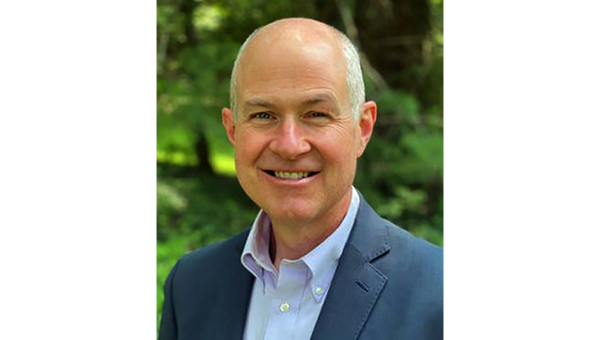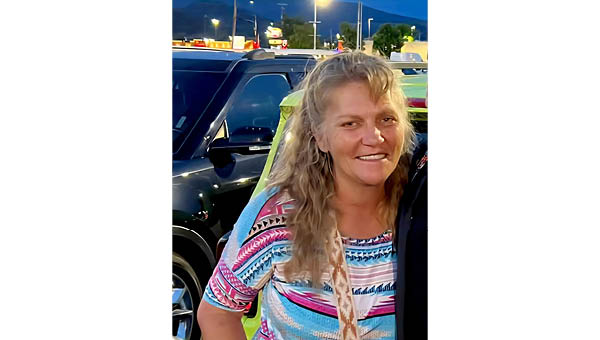Study recommends establishing development district along West Elk
Published 10:56 am Friday, May 29, 2015

Star Photo/Ashley Rader
Developer Dan Hawk presents details of the master plan for the West Elk Avenue long-range development area.
New development along West Elk Avenue could almost double property values in a 330 acre development plan area, and a tax increment financing district could help make that happen.
City and county leaders heard a presentation on a major redevelopment plan based on the establishment of a tax increment financing (TIF) district from engineering and design firm Parsons Brinkerhoff on Thursday evening at the Tennessee College of Applied Technology.
The presentation was the result of a master plan for the TIF redevelopment district requested by Carter County Tomorrow, Elizabethton Director of Planning and Development Jon Hartman said.
The proposed TIF district focuses on a 330-acre section of property stretching from Sycamore Shoals Hospital to the Cherokee Industrial Park.
According to market analysis and the proposed development in the TIF master plan, the property value in the district could increase by $93 million over the next 20 years, according to Parsons Brinkerhoff engineer Doug Delaney. The current assessed value is $106 million for the property in the development zone.
Based on the current uses of the properties, Delaney recommended that local leaders focus on adding a hotel with a conference center in the district to complement the current retail and commercial uses.
“There is a lot of development in the area currently, but a lot of that is still vacant,” Delaney said. “Because there is currently a lot of vacant commercial space, it is not really a viable option for development. It is something that would be considered long-term.”
The”strongest opportunities” for the district would include the recruitment of a 60-80 unit hotel and developing the residential density in the area, Delaney said.
Local trends show hotel bookings and the average daily rate for a room are increasing throughout the region, he added, noting the old Walmart site would offer a good location for a hotel with conference space.
Another short-term focus for the development district should be building up residential opportunities, especially high-density residential options such as apartments and townhouses, developer Dan Hawk said.
“People are what fuel development,” he said. “More rooftops give you more bang for your buck.”
Hawk said that bringing in people to live near the district would increase revenue in the businesses. Along with additional people, improving connectivity through additional roads, sidewalks and bike routes would provide better access to the businesses in the TIF zone. Developers should focus on seniors looking for a place to retire and younger professionals to live within the TIF district, he added.
The master plan calls 200 additional housing units to be constructed in the proposed TIF district over the next 20-25 years.
If officials agree on the plan, Delaney said the next step is deciding what portions would be done and how it would be funded. This is where the TIF comes in, he said. TIF funding can be used for minor environmental cleanup in the industrial lots, storm water improvements, utility and street improvements all inside the TIF zone, Delaney explained.
Once a TIF district is established in an area, property tax rates are frozen in that zone. As the development increases, so do the property values.
Extra money collected in that zone is set aside in a special fund, Elizabethton Planning Director Jon Hartman said. Money in that fund can only be used for improvements in the TIF zone.
TIF districts typically last for 20 to 25 years, and after the TIF expires, the property tax revenue is directed back into the general fund.
Hawk cautioned those in attendance to remember the master plan is a concept and is not “cut in stone.”
“This is a lot of data for the city and the county to work with,” Hawk said. “This can change over time. The focus can be different once you see what the market is doing or needs change. This is something that is not set until you really get into the detailed plans.”
Hartman agreed the plan gave leaders a good direction to move in for the future. If a TIF is pursued, it would need to be approved by both City Council and the County Commission. Then an attorney would need to outline how the TIF would operate and a governing board would need to be selected for the TIF fund.





